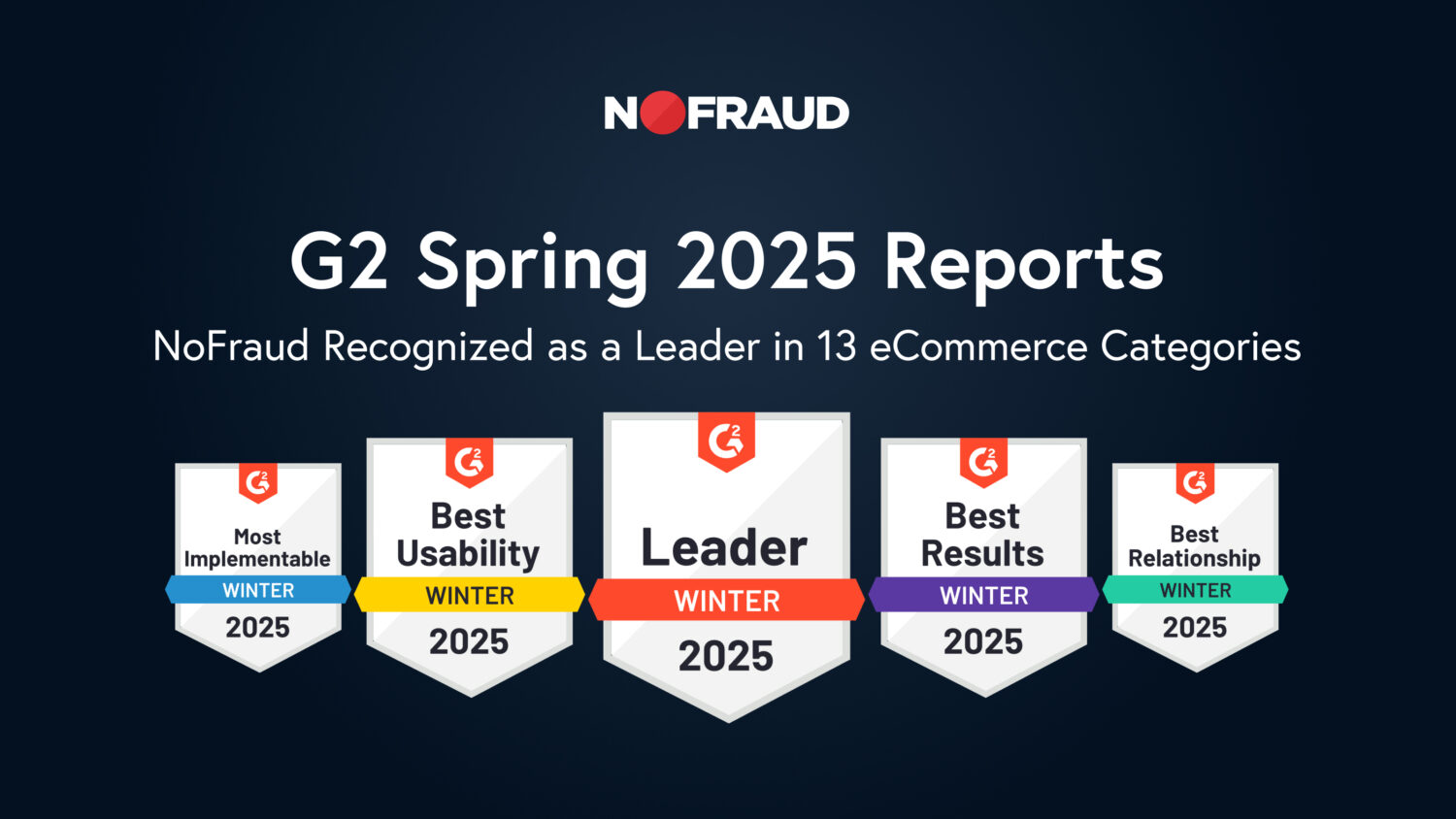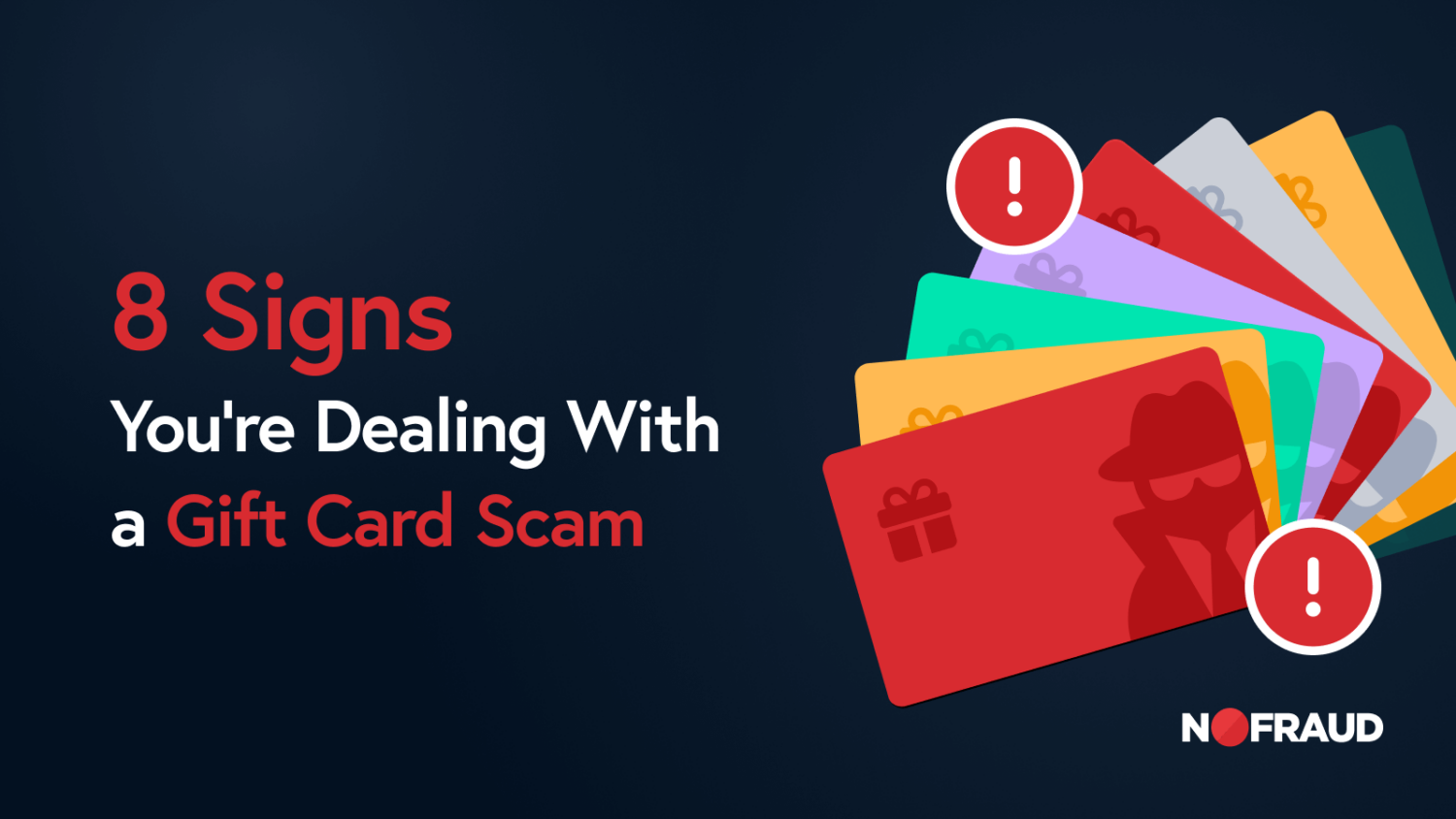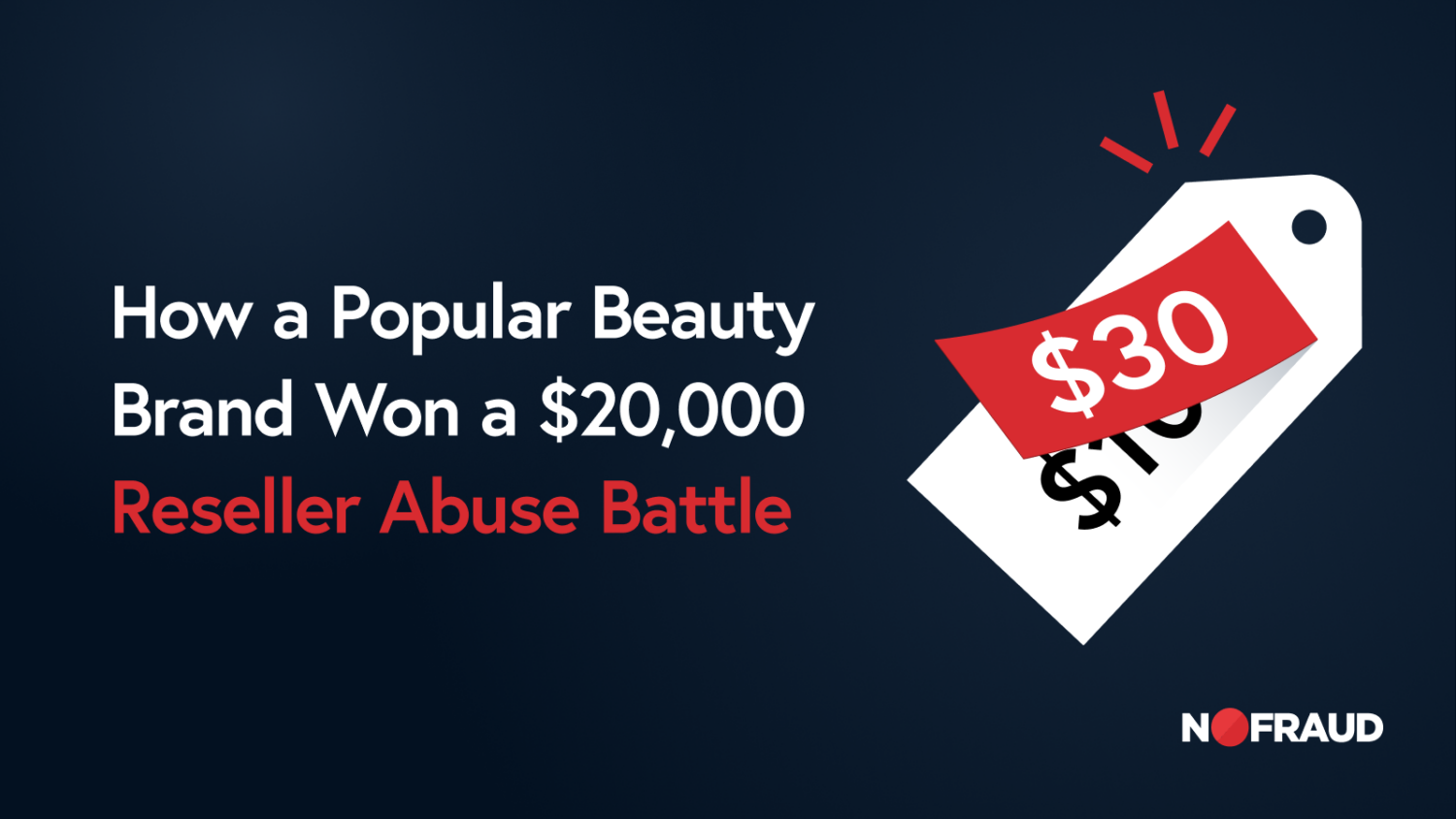It’s no secret that returning visitors are further down the funnel, more likely to buy, and cheaper to convert than new visitors. A study by Barilliance shows that when compared to new visitors, returning visitors add items to carts 65% more, convert 73% more, and spend 16% more per transaction. Returning visitors are highly valuable to eCommerce brands. Just a 5% increase in customer retention can boost profits by 25-95%.
eCommerce Returning Visitors Benchmark
Returning visitors, or repeat visitors, are shoppers who have previously visited a website and are coming back for subsequent visits. Whether they just poked around the site or filled a cart only to abandon it, these visitors have already shown interest in the merchant’s products and have chosen to revisit them. Returning visitors are valuable because they indicate a level of engagement and interest in the shop’s offerings, and they have the potential to become loyal customers. Increasing the number of returning visitors is important for building brand loyalty, driving conversions, and fostering a sustainable audience base.
For eCommerce shops, returning visitors are the secret sauce behind their flywheel. The delighted customers become repeat shoppers and brand advocates that help power growth momentum by increasing brand visibility, improving reputation, and making referrals. Most sources cite a returning visitor rate between 30-50% as a best practice for brands. Anything above 30% shows a healthy amount of harmony between acquisition and retention tactics.
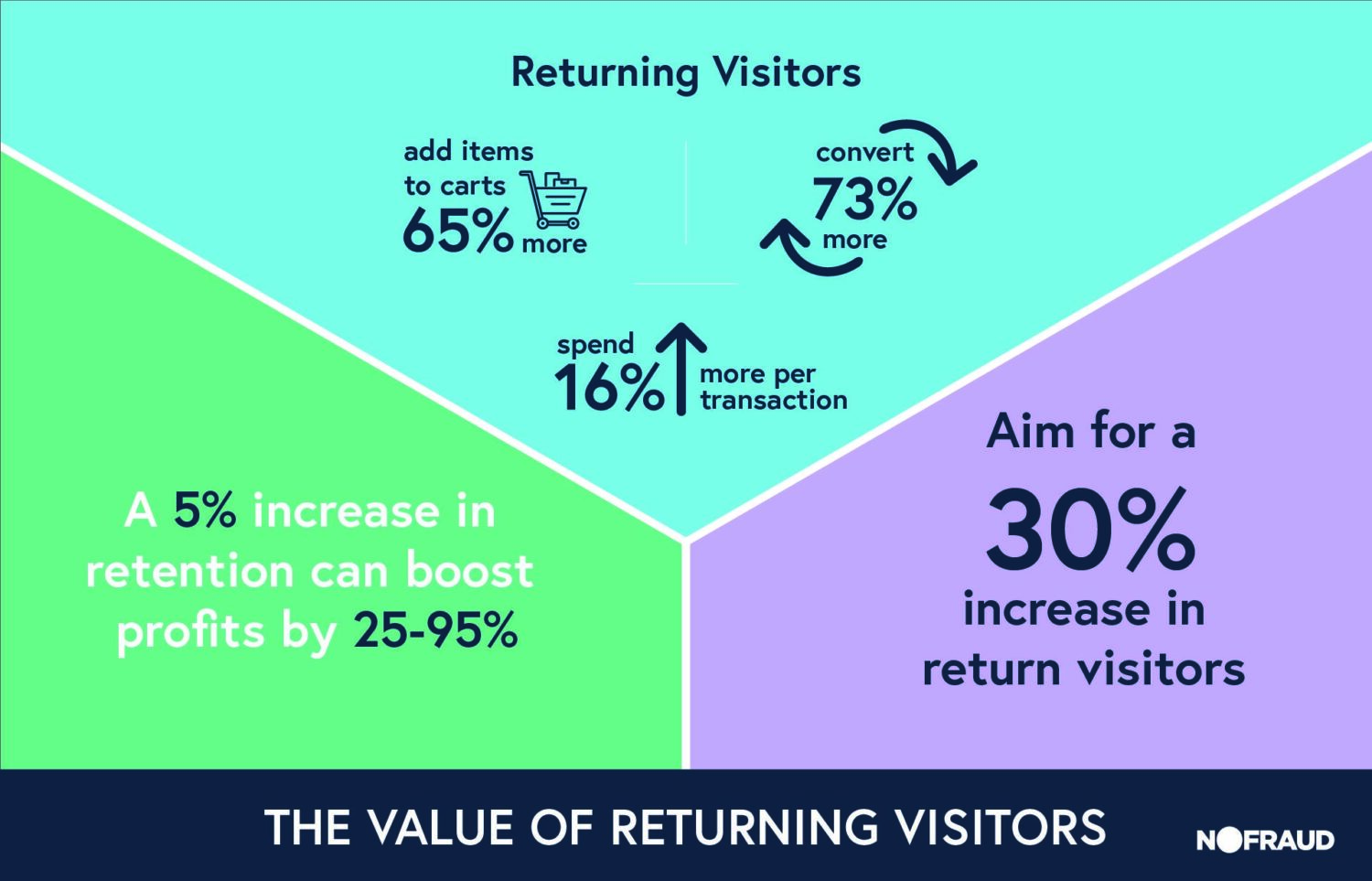
Look at Loyalty Programs as a Subscription Channel
More than 90% of companies have some form of loyalty program. And it’s no surprise because a good loyalty program can be almost as powerful as a subscription. Twenty-seven percent of loyalty program members report spending more with brands with which they hold memberships compared to 37% of consumers with a retail subscription. The impact? Members of loyalty programs generate 12-18% more incremental revenue growth per year than non-members.
To increase returning visitors, build your loyalty program to reward and incentivize repeat purchases. It’s important to understand what customers value and create your program around what attracts them to engage more and often. Consider perks like exclusive discounts, rewards points, freebies, or early access to new products.
Once you have a loyalty program, make sure it gets used! Make the program easily accessible and clearly communicate its benefits. Regularly engage with your loyalty program members through personalized emails or notifications, notifying them about special offers and events. This helps create a sense of exclusivity and encourages repeat visits.
Paid vs. Free Loyalty Programs
A McKinsey survey on loyalty programs found that members of free loyalty programs are 30% more likely to increase brand spend. That likelihood increases to 60% with paid loyalty programs like Amazon. Another consideration for paid loyalty programs is that 43% of its members are more likely to make weekly purchases.
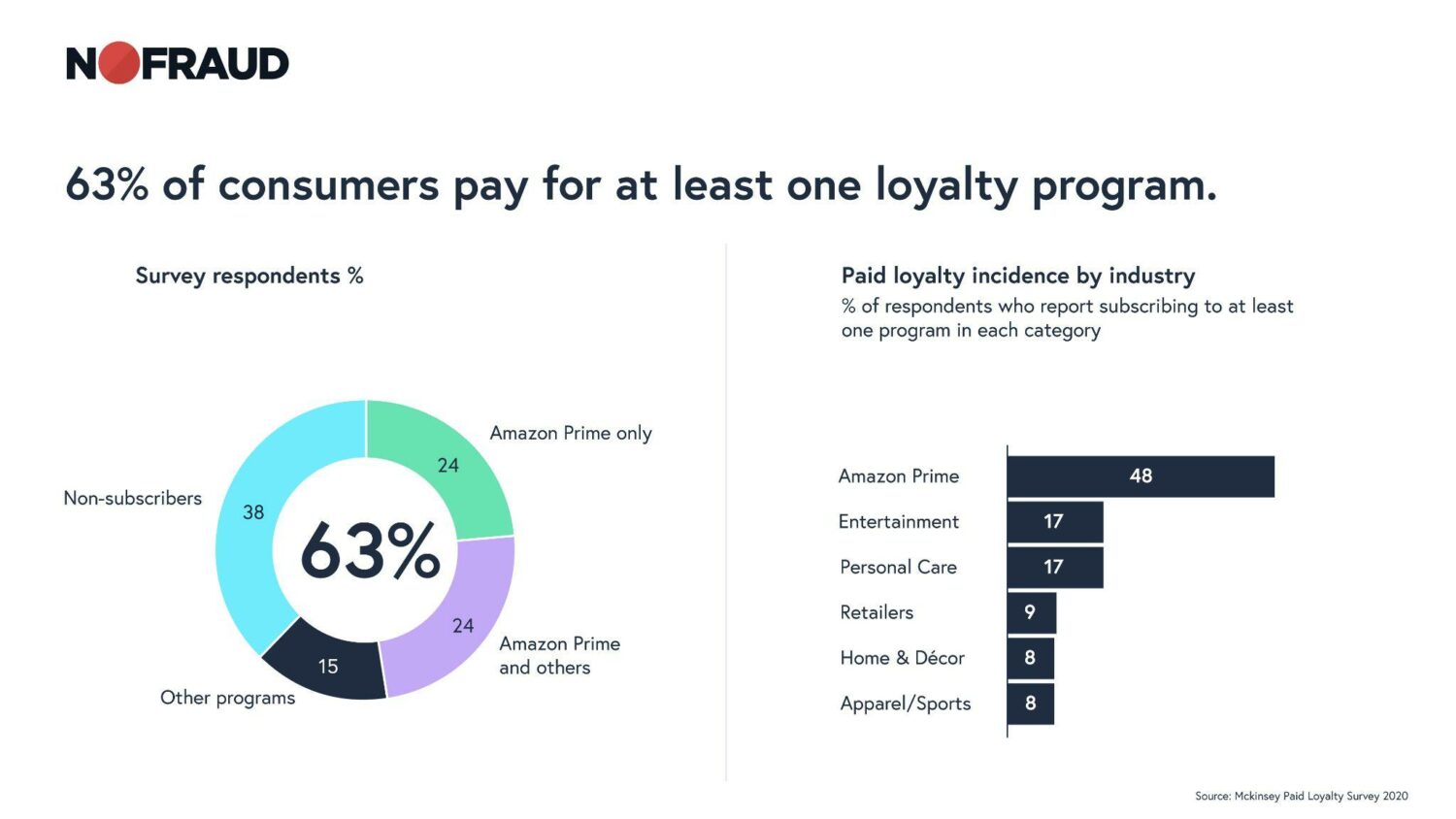
Fraud Prevention POV
In 2022, 22% of online merchants experienced loyalty fraud. To prevent loyalty fraud, merchants need a fraud detection system that can spot account takeovers or irregular spending patterns. Setting up strong authentication mechanisms can also help protect customer accounts from unauthorized access. Lastly, always monitor and analyze data to identify anomalies, unusual patterns, or trends indicative of loyalty fraud.
Some red flags that could be indicative of loyalty fraud include:
- Unusual point accumulation: Keep an eye on accounts that suddenly accumulate a significant number of loyalty points within a short period.
- Irregular redemption patterns: Monitor redemption patterns and look for accounts that consistently redeem rewards at an unusually high rate or redeem rewards for high-value items without a corresponding level of engagement or spending.
- Multiple accounts with similar patterns: Look for multiple accounts that exhibit similar transactional patterns, such as spending behaviors, point accumulation, or redemption patterns. Fraudsters may create multiple fake accounts to exploit the loyalty program.
- Account takeover attempts: Monitor for unusual login attempts, password resets, or account access from unfamiliar locations or IP addresses. Multiple failed login attempts or frequent password changes could indicate unauthorized access attempts.
- Unusual spending behavior: Analyze transactional data and look for irregular spending patterns, such as excessive purchases or high-value transactions without corresponding usage of the products or services.
- Geographical inconsistencies: Flag accounts that show activity from multiple locations that are geographically distant within a short period. This may suggest fraudulent activities involving account sharing or sale of rewards.
- Unusual activity during promotions: During promotional campaigns, pay close attention to accounts that disproportionately benefit from the promotions. Fraudsters may exploit loopholes or engage in fraudulent activities to maximize their rewards during such periods.
- High volume of account creation: Keep an eye on a sudden surge in new account registrations, especially if there is a significant increase in new accounts originating from a single IP address or email domain.
- Negative feedback or complaints: Pay attention to customer complaints or negative feedback related to the loyalty program, such as missing points, unauthorized redemptions, or suspicious activities.
Make Every Touchpoint an Exercise in Building Trust
Earning and building trust is a continual process that happens at every interaction. Nearly one in three consumers say trustworthiness is the most important brand trait, while 40% have boycotted untrustworthy brands in the past year. Brands build trust by ensuring every touchpoint eases concerns and aids in making customers feel confident in their purchases.
Here are some ways to build trust at every touchpoint with your customers that will help increase the number of returning visitors to your shop:
- Provide exceptionally helpful customer service. Seventy-three percent of consumers say they love a brand because of helpful customer service. Make it easy for customers to contact you through various channels such as live chat, SMS, email, or phone, and use customer service platforms that unify those conversations so customers always feel known. Respond to inquiries promptly and provide helpful and friendly assistance. Resolve any issues or complaints effectively, demonstrating your commitment to customer satisfaction. Satisfied customers are more likely to return and recommend your eCommerce store to others. Offer responsive and reliable customer support channels to assist customers with any concerns related to fraud or security. Having a trustworthy support system in place helps customers feel supported and reinforces their trust in your business.
- Follow secure and ethical practices. Protect customer data and ensure the security of their personal information. Implement robust privacy measures, comply with data protection regulations, and communicate your commitment to data security. Adhere to ethical business practices and demonstrate integrity in all your interactions.
- Deliver consistent brand experiences. It takes between 5-7 impressions to even start creating brand awareness. Consistency is everything. When creating content for your brand’s social media channels, make sure it repeatedly emphasizes your brand message.
- Be transparent with policies and procedures. Clearly communicate your business’s policies and procedures, especially those related to security and fraud prevention. This includes details about data protection, secure payment methods, and how you handle customer information. Transparent policies help customers understand your commitment to their security. Stay up-to-date with privacy regulations and make necessary adjustments to your privacy policies as required. Inform customers about any changes in data collection, storage, removal policies, or usage practices. Transparency in how you handle customer data helps build trust and reassures customers that their information is handled responsibly.
- Secure your technology infrastructure. Invest in robust security measures to protect customer data and transactions. Implement encryption, firewalls, and other security protocols to safeguard sensitive information. Regularly update your systems to stay ahead of potential vulnerabilities and assure customers that their data is safe.
- Educate customers about security. Provide educational resources and tips to customers regarding online security best practices. This could include information about creating strong passwords, recognizing phishing attempts, and protecting personal information. By empowering customers with knowledge, you help them become more vigilant and better equipped to detect and prevent fraud.
- Promptly address security concerns. If a customer raises a security concern or suspects fraudulent activity, take it seriously and address it promptly. Investigate the issue thoroughly, provide updates to the affected customer, and take appropriate measures to rectify the situation. Acting promptly demonstrates your commitment to customer safety and helps prevent further fraud incidents.
Fraud Prevention POV
Trust-building practices help merchants identify genuine customers, whose data enables analysis of their engagement patterns. This analysis helps in the creation of effective fraud prevention rules and a better understanding of customer interactions with the brand. Ultimately, it leads to better fraud prevention, reduced chargebacks, and a stronger bond between merchants and their customers.
Offer Personalization and Recommendations
Personalization and recommendations are highly effective in increasing returning visitors to a website and have become standard practice for brands. According to McKinsey, 72% of consumers expect the brands they buy from to recognize them as individuals and know their interests. By tailoring the user experience to individual preferences and providing relevant recommendations, you can create a more engaging and personalized environment.
Here are some best practices for offering personalized experiences:
- Utilize customer data and past purchase history to provide personalized product recommendations. Implement recommendation algorithms that suggest related products based on a customer’s browsing and purchasing behavior. Send personalized emails or notifications to inform customers about new arrivals, restocked items, or promotions tailored to their interests. Use dynamic content blocks on your website to display personalized recommendations or related articles alongside the main content. This can be based on the user’s current page, past interactions, or popular content among similar users. By offering personalized and relevant suggestions, you can entice customers to return and explore additional products.
- Customize your homepage. Create a personalized homepage that displays content based on each customer’s preferences and browsing history. Highlight relevant products, services, or articles that are likely to be of interest to the customer.
- Personalize search results. Enhance your website’s search functionality to provide personalized search results based on user preferences and browsing behavior. Show suggested search terms, related products, or popular searches to improve the user’s search experience.
- Continuously optimize. Regularly analyze user data, feedback, and conversion metrics to refine your personalization and recommendation strategies. A/B testing and user feedback surveys can help you gather insights and make data-driven improvements.
- Send personalized emails. Send personalized emails to users based on their preferences, browsing history, or previous purchases. Recommend new products, provide exclusive offers, or notify them about relevant content updates on your website.
Fraud Prevention POV
The average eCommerce site has 31 opportunities for improvement to checkout flow that can significantly improve conversion rates. A personalized checkout experience is designed to improve efficiency, reduce cart abandonment, and prevent fraud. Personalized checkouts are all about anticipating needs and understanding your customers so you can fast-track legitimate shoppers and block fraudsters.
Create a checkout experience that requires only the necessary information for a safe checkout — and enables shoppers to quickly complete purchases. Use dynamic fields that appear only when orders display an elevated risk. With too many hurdles, it becomes far too easy for customers to close out of their shopping session.
Consider using a solution like NoFraud Checkout, which uses a global network of retailers to identify trustworthy customers and usher them through checkout in one click. NoFraud uses device recognition technology and a proprietary data loop to autofill customer addresses and payment information, while at the same time protecting merchants by dynamically verifying shoppers’ identities.




